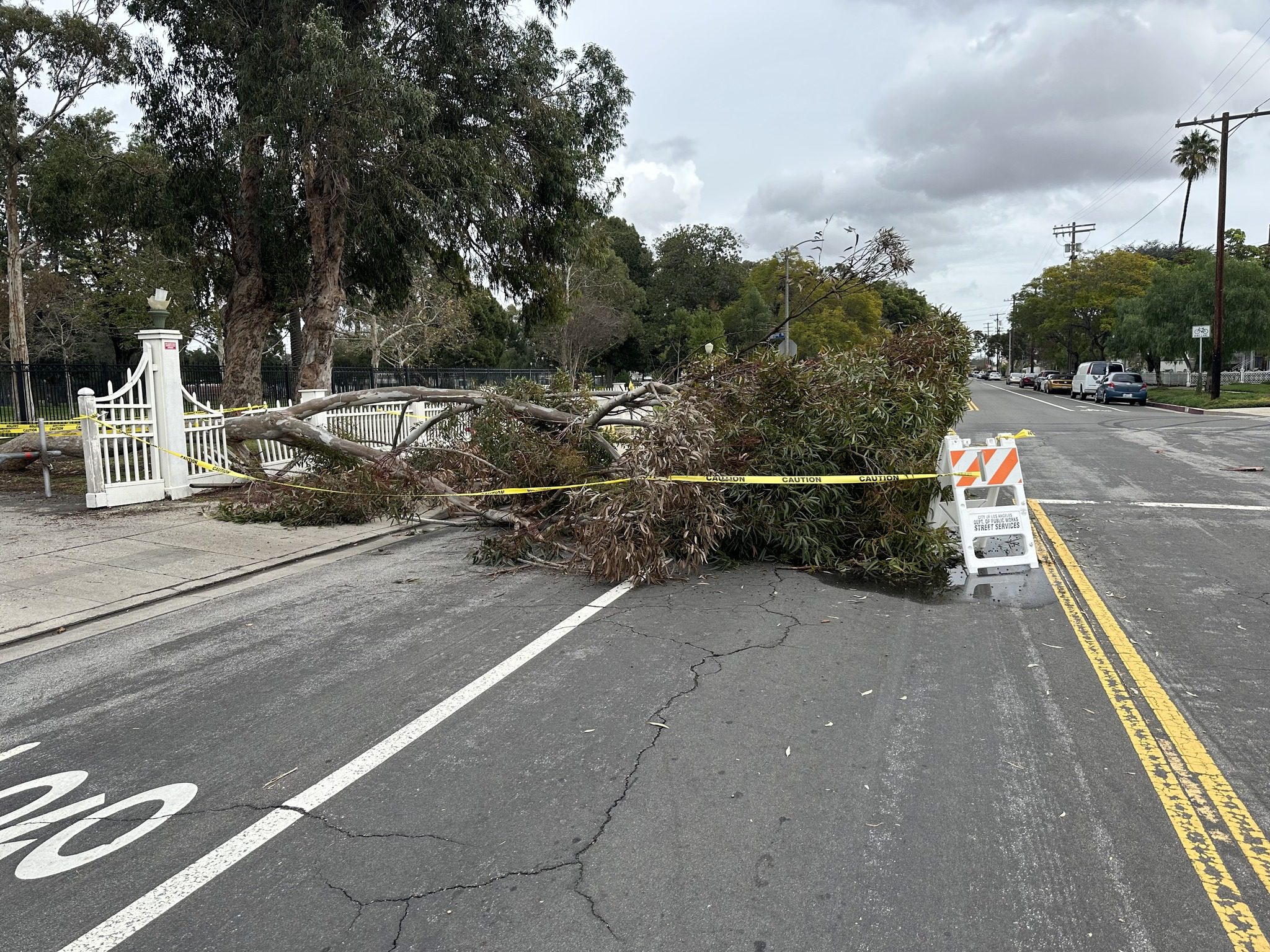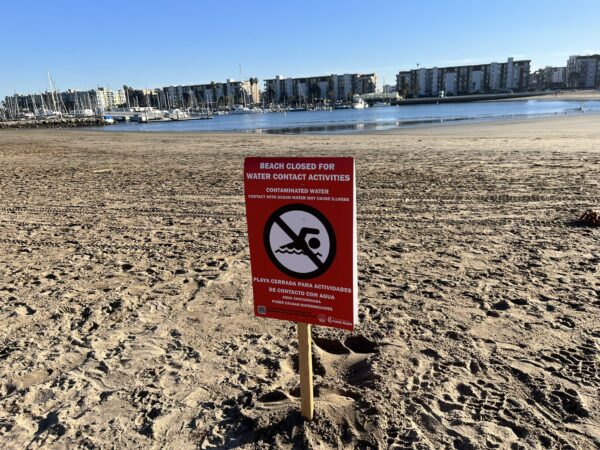The Board of Supervisors Tuesday directed the Executive Office to identify possible solutions to the cascade of court dismissals in Riverside County and request that California’s chief justice meet with local officials for a reality check on the impact resulting from the county’s deficit of judicial resources.
“Our system of government does not work without a functioning court system,” Supervisor Karen Spiegel said. “This board needs to engage on the issues and find solutions. We’ve been talking about it. Now we have to do something about it.”
Spiegel joined with board Chairman Kevin Jeffries in bringing forward the proposal to stop mass dismissals by way of policy changes and increased state appropriations.
“This is a state-level issue that we’re going to have to press the flesh on,” Jeffries said.
The board voted 5-0 to direct the Executive Office to join with the District Attorney’s Office, the Office of the Public Defender, the Department of Probation, the Sheriff’s Department and the Superior Court Executive Office to compose a report underscoring the shortcomings that have precipitated the avalanche of case dismissals and what near- and long-term measures might be applied to fix the conundrum.
DA Mike Hestrin has characterized the dismissals as a significant public safety threat that “is going to cause extreme harm to victims of crime and our community at-large,”
The Association of Riverside County Chiefs of Police and Sheriff — ARCCOPS — has called for an immediate end to the practice.
In their proposal, Jeffries and Spiegel wrote that “case dismissals deny victims of crime their right to be heard, fail to hold the guilty accountable or exonerate the innocent.”
“These dismissals are simply the latest evidence of a criminal justice system that has exceeded its capacity,” the supervisors said.
The board ordered the Executive Office to report back in 45 days on the results of its meetings and research. Jeffries will additionally send a letter requesting that California Supreme Court Chief Justice Patricia Guerrero visit the county as soon as possible to discuss options for resolving the crisis.
Lastly, the board will co-sponsor legislation advanced by Sen. Richard Roth, D-Riverside, to increase the number of judicial positions under a revised assignment formula that captures the reality of the county’s population growth and public safety needs.
Roth’s proposal is Senate Bill 75. It replicates measures that he’s introduced in the past.
As of last week, 1,371 criminal cases had been booted by judges countywide since the second week of October, according to the DA’s office.
The lion’s share of cases — 67% — have been vacated by judges at the Larson Justice Center in Indio, with another 15% dismissed by judges at the Banning Justice Center, roughly 10% by judicial officers at the Southwest Justice Center in Murrieta, 7% by the bench at the Riverside Hall of Justice, and a negligible 1% by judges at the Blythe Courthouse.
Figures indicated 93% of vacated cases have been misdemeanor filings. DUIs accounted for the highest number of dismissals at 36%, followed by domestic violence complaints at 26%. Assault filings made up about 5%, and sex crimes were near the bottom at 2%, according to data.
The dismissal binge began on Oct. 10. Most of the cases were added to dockets during the public health lockdowns, when courts suspended many operations under emergency orders from the California Office of the Chief Justice.
Judges have been generally citing lack of available courtroom space for trials as the main reason for the dismissals.
A backlog of roughly 2,800 cases developed. The chief justice’s pandemic orders expired on Oct. 7.
Superior Court Presiding Judge John Monterosso released a statement on Oct. 25 acknowledging the court system was bearing a heavy load, traced to the lockdowns and consequent changes in court operations.
“The genesis of the current set of circumstances is the chronic and generational lack of judges allocated to serve Riverside County,” Monterosso said.
He emphasized the county has 90 authorized and funded judicial positions, but a 2020 Judicial Needs Assessment Study noted that 115 judicial officers are needed to ensure efficient operations throughout the local court system and prevent logjams.
“While the law allows a court to continue a case beyond the statutory deadline for `good cause,’ the decision on whether `good cause’ exists is an individualized decision made by the trial judge based on the law and the facts of the case,” Monterosso said.
Hestrin questioned the legitimacy of basing dismissals on a deficit of judicial resources, given that “this has been the case as far back as anyone can remember.”
According to prosecutors, some of the dismissals are being appealed, while other cases are being re-filed in response to the judges’ actions.
The backlog is reminiscent of the cumulative impact of a buildup of unresolved criminal cases in 2007 that prompted the state to dispatch a “judicial strike team” to the county to help sort through criminal cases clogging the court system.
At the time, the Superior Court virtually halted civil jury trials for months while judges focused on reducing the strain. An empty elementary school was even converted into a makeshift courthouse.







